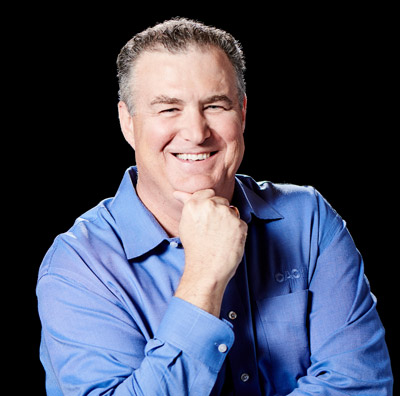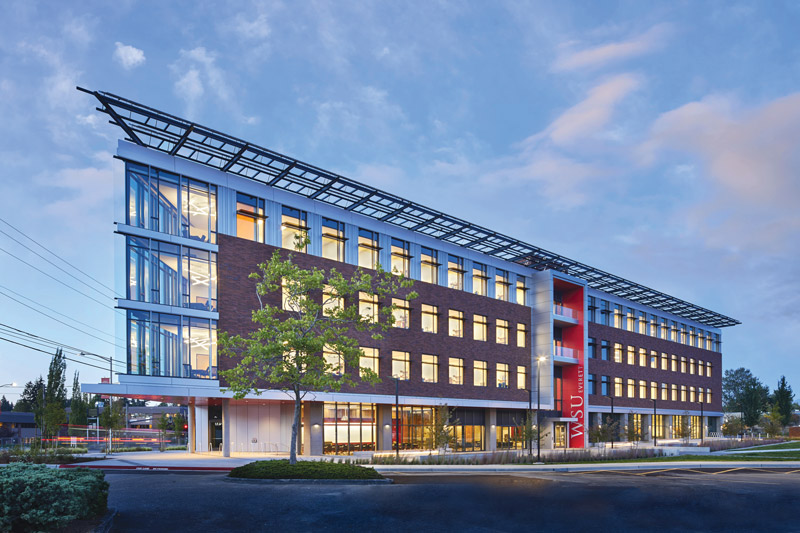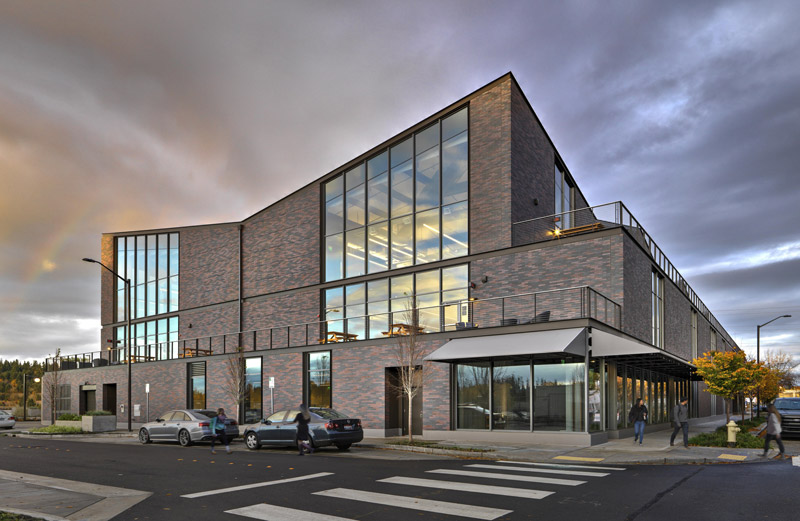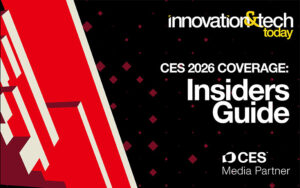Technology in the construction industry has been evolving for over 6,000 years. As one of our most basic necessities, construction and architecture chart back to the earliest days of civilization during the neolithic age.
While leaps in knowledge and application eventually led to the creation of mysterious pyramids, towering castles, mesmerizingly intricate Gothic cathedrals and ultimately the almighty skyscraper, we don’t often connotate the terms “cutting-edge technology” and “construction.” But modern companies are reconciling the two terms by using innovative approaches to the industry’s most pressing problems.
The Necessity of Utilizing Advanced Technology
According to OAC Services, Inc. Chief Innovation Officer Chris Heger, adopting new technology to meet the growing needs of clients in the construction industry is not just good practice; it is a necessity.

“If you go to Oxford and you look at the oldest library, all it had was floors, walls, and a roof,” said Heger. “And the only thing that worked really was the hinges on the doors and the windows, and now we are into extremely complex conference rooms.”
One way OAC is addressing these complexities is by implementing technologies like photogrammetry, a tool that allows information about physical objects and the environment to be obtained through the process of recording, measuring and interpreting photographic images and patterns of electromagnetic radiant imagery and other phenomena.
Essentially, the technology allows OAC to create a 3D model, known as a Digital Twin, of a building using previously collected data. The 3D rendering can be better understood by clients than schematics and blueprints, leading to better communication and understanding between architect, contractor and customer.
“From a client experience side, when we do the Digital Twin, we’re able to bring the project in all its complexity, right to our client’s desktop,” said Heger. “And that to me is such a huge experience change for them because they can’t read drawings. Typically, they don’t understand all the lingo, jargon, acronyms, et cetera. But when you blow that situation up in 3D on their desktop, they understand exactly what the issue or challenge is. They get a better sense of the value that the designers come, contractors, owners, representatives are bringing to them and they can participate in the solution.”
Forwarding construction intelligence often means implementing methodologies used in other industries.
OAC is looking at schedules differently by using advanced project controls like regression. It is also applying production theory, the economic process of converting inputs into outputs, to construction.
“We’re looking at dollars per square foot hour, and we haven’t found very many people that are doing that, and we’re applying it to construction,“ Heger said.
Analytics on Steroids
“The technology is now available to really do some analytics on steroids,” said OAC CEO Shawn Mahoney. “We’re looking at things in a lot more different ways for the benefit of sustainability, health and worker safety. I mean there are just benefits across the board.”

The potential to save lives as well as the planet are among those benefits.
OAC’s building sciences team regularly conducts facility evaluations and building envelope designs. On one such project, the team found, via drone surveillance among other methods, that a 25-story, fully-occupied apartment tower in Seattle had significant structural deficiencies.
“We’re really interested in using drones and other technology to survey buildings,” said Mahoney. “And then if we see something, we can investigate.”
They ultimately determined the building had to be demolished – a decision that may have saved the lives of the 200+ residents who lived there.
“It wasn’t fixable, so they made the decision to tear the building down and had to relocate everyone,” said Mahoney. “[There were an] amazing amount of failures and deficiencies in the building that required it to come down.”
Sustainability and Drones? The Future of Efficiency
Efficiency and sustainability often go hand in hand; so do efficiency and profitability. While OAC has strived to build its company with ESG (environmental and social governance) in mind, not all companies in the industry consider sustainability a top priority.
“We’re trying to actually think about ESG in this also as we’re doing it. So, do we really need to get that door from Europe? Or sometimes something we would get from Europe or India or China we could get from Oregon,” Heger said.

OAC has built a model other companies in the space can adopt, raising efficiency levels, and in turn, increasing sustainability.
Through the utilization of photogrammetry, OAC knows the exact amount of materials that need to arrive at a site.
“Most of the time when, if I’m doing work on-site, people order an extra five to 15% of extra material and that gets cut and gets thrown in the dumpster.”
Chris Heger
This means extra diesel to bring the materials to the site, resulting in increased cost and carbon emissions.
Additionally, in an effort to cut down carbon emissions, OAC puts GPS trackers in all of its heavy equipment. The routes of the machines are regularly analyzed to find out where efficiency can be improved.
Big Business Needs Bigger Ideas
Since 1955, OAC has been building the U.S. one project at a time. Now, with modern tools at their disposal, the OAC team is able to approach projects with maximum efficiency to achieve maximum sustainability. ■











